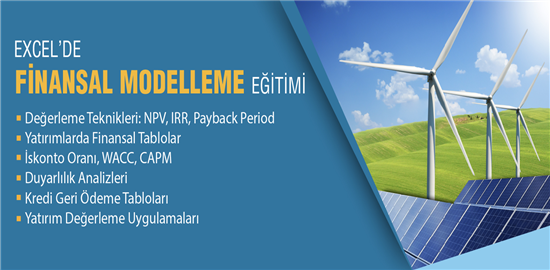ŞİRKET DEĞERLEME EĞİTİMİ - CASE STUDY ÇALIŞMALI
İletişim
Tel : (0541) 873 90 91
E-Posta : bilgi@newyorkakademi.com
Eğitmen

Serdar Kaya
EĞİTMENNew York Akademi
Eğitmen - Danışman
Johns Hopkins Üniversitesinden finans masterına sahip olan Sn. Kaya, İstanbul Üniversitesi İşletme Fakultesini 3. lük derecesi ile bitirmiştir. Sn. Kaya ve uzun yıllar New Yorkta Wall Streetde finans üzerine çalışmıştır. Merkezi New Yorkta bulunan Finans Networkunde kurucusu ve başkanıdır. Türkiye Bankalar Birliğinde ders vermekte olan Sn. Kaya bir çok şirkette danışmanlık yapmaktadır..
İlgili Eğitimler
© Copyright 2013 - 2025
Yukarı Git

